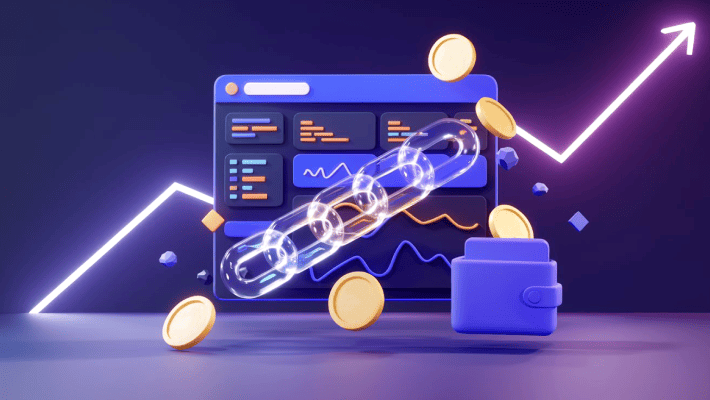
What metrics measure success for crypto game projects?
Success metrics for crypto game projects differ from traditional gaming evaluations. These metrics blend financial indicators with player engagement data to create a comprehensive picture of project health. Developers track multiple performance indicators to assess whether their games meet player expectations while delivering sustainable economic models. The crypto gaming sector continues to grow rapidly, with innovative games attracting crypto enthusiasts and traditional gamers. Games that include https://crypto.games/dice/bitcoin demonstrate how blockchain technology creates unique player experiences through verifiable fairness and digital ownership. These fundamental differences require specialized metrics that traditional gaming analytics cannot fully capture.
Daily active wallets
Tracking daily active wallets provides crucial insights into genuine player engagement levels. Unlike traditional user counts that might include duplicate accounts, wallet addresses offer more accurate activity measurement:
- Total unique wallets interacting with the game each day show actual player base size
- Wallet activity patterns reveal retention strength and playing frequency
- New wallet growth rates indicate acquisition success
This metric distinguishes between casual visitors and committed players, helping developers focus resources where they matter most. The ratio between new and returning wallets particularly helps predict long-term sustainability.
Token economics health
The economic foundation of crypto games determines their longevity and player satisfaction. Strong token economics create sustainable gameplay loops that benefit both developers and players. Token velocity measures how quickly game tokens circulate through the ecosystem. Healthy games maintain balanced velocity, which is not so slow that tokens stagnate but not so rapid that they lose value. This delicate balance supports long-term viability.
Token utility diversity shows how many ways players can use tokens within the game. Games with multiple meaningful tokens are used to create more stable ecosystems. When tokens serve clear purposes beyond simple transactions, they gain intrinsic value that supports price stability. The burn-to-mint ratio tracks token creation versus removal from circulation. Games with thoughtful mechanisms for removing tokens from circulation maintain better economic balance, preventing inflationary pressures that devalue player assets.
Community growth quality
Community engagement metrics reveal whether players feel invested in the game’s future. Strong communities drive organic growth through word-of-mouth promotion and content creation.
- Discord or Telegram active member ratios show the percentage of members regularly participating in discussions
- User-generated content volume demonstrates community creativity and investment
- Community-driven improvement suggestions indicate player attachment and future vision
Communities that actively contribute to game development through feedback, content creation, and governance participation demonstrate deeper investment than passive player bases.
Marketplace activity patterns
NFT and in-game asset trading metrics reveal how players value game assets and participate in the game economy:
- Secondary market trading volume shows the vibrancy of player-to-player commerce
- Floor price stability for common assets indicates baseline economic health
- Asset utility correlation demonstrates whether items with gameplay benefits command appropriate premiums
- Liquidity metrics show how easily players can buy or sell assets when desired
Healthy marketplaces maintain reasonable trading volumes without excessive speculation or price manipulation. The ratio of traders to holders often reveals whether assets serve gameplay purposes or primarily attract speculators.
Games with smooth technical performance build player confidence and remove friction from the gaming experience. This foundation enables all other success metrics to flourish by creating reliability that players can trust. Measuring crypto game success requires balancing traditional gaming metrics with blockchain-specific indicators. The most successful projects maintain strong performance across multiple metric categories rather than excelling in just one area.


